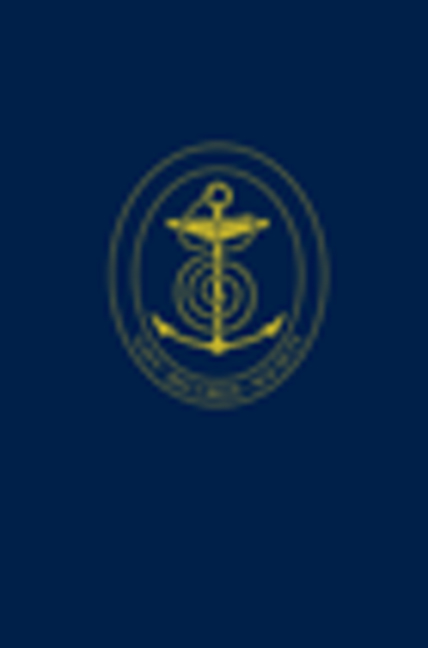 The Durham Papers
The Durham Papers Book contents
- Frontmatter
- Miscellaneous Frontmatter
- Dedication
- Contents
- General Introduction
- Part I From Acting Lieutenant to Master and Commander, 1781–1790
- Part II Sloop Commander, 1793
- Part III Frigate Captain, 1793–1802
- Part IV Ship-of-the-Line Captain, 1803–1810
- Part V Flag-Officer, 1810–1813
- Part VI Commander-in-Chief, Leeward Islands, 1813–1816
- Part VII Lowland Laird, and Commander-in-Chief, Portsmouth, 1836–1839
- Part VIII Epilogue
- Sources and Documents
- Index
- Miscellaneous Endmatter
General Introduction
Published online by Cambridge University Press: 04 May 2024
- Frontmatter
- Miscellaneous Frontmatter
- Dedication
- Contents
- General Introduction
- Part I From Acting Lieutenant to Master and Commander, 1781–1790
- Part II Sloop Commander, 1793
- Part III Frigate Captain, 1793–1802
- Part IV Ship-of-the-Line Captain, 1803–1810
- Part V Flag-Officer, 1810–1813
- Part VI Commander-in-Chief, Leeward Islands, 1813–1816
- Part VII Lowland Laird, and Commander-in-Chief, Portsmouth, 1836–1839
- Part VIII Epilogue
- Sources and Documents
- Index
- Miscellaneous Endmatter
Summary
In the church at Upper Largo in Fife, where he lies buried in the family vault, there is a handsome wall tablet dedicated to the memory of Admiral Sir Philip Charles Henderson Calderwood Durham. Placed there in 1849 on the initiative of his great-nephew and residual legatee, [James] Wolfe Murray of Cringletie (whose brother Alexander, known to the family as Alick, was the putative author of Durham’s naval memoirs published three years previously), it notes that Durham’s ‘activity, gallantry, judgement and zeal were excelled by none in his profession and his numerous captures and successes were acknowledged by many public testimonials’ and that as a flag-officer he commanded in the Leeward Islands and at Portsmouth. It omits, however, both his survival, in 1782, of the capsizing of the Royal George, the worst naval disaster in British home waters since the sinking of the Mary Rose at virtually the same spot 237 years earlier, and his captaincy of a ship of the line at Trafalgar, where he took two prizes – pivotal events of his career. And Wolfe Murray’s unfortunate choice of words – that Durham spent his later years ‘generously spending an ample fortune’ – gives the impression that the admiral was a careless spendthrift rather than a man of prudence who liberally gave to individuals and causes that he deemed worthy, but was otherwise cannily restrained in his personal expenditure.
The third of the four sons of James Durham (1732–1808), the genial and gregarious laird of Largo, the equally genial and gregarious Philip Charles Durham (his other names were adopted in maturity), was born in 1763 at Largo House, his family’s Adam-designed mansion overlooking the Firth of Forth, presumably a few days before his baptism on 29 July (though that is the birthdate given on the church tablet). Descended on both sides from diverse prominent figures in Scotland’s history, the most incongruous being a grim Covenanting theologian admired by Cromwell, he counted many luminaries of the legal profession among his blood relatives both living and deceased. Not least of these was his mother Anne Calderwood’s cousin Thomas Erskine, a former midshipman who, having subsequently read for the English Bar, served from 1806 to 1807 as Lord Chancellor and was the first Baron Erskine. Also among his mother’s kin were several nautical eighteenth-century Dalrymples, notably Alexander Dalrymple, initial hydrographer to the Admiralty.
- Type
- Chapter
- Information
- The Durham PapersSelections from the Papers of Admiral Sir Philip Charles Henderson Calderwood Durham G. C. B. (1763-1845), pp. 1 - 10Publisher: Boydell & BrewerFirst published in: 2024
